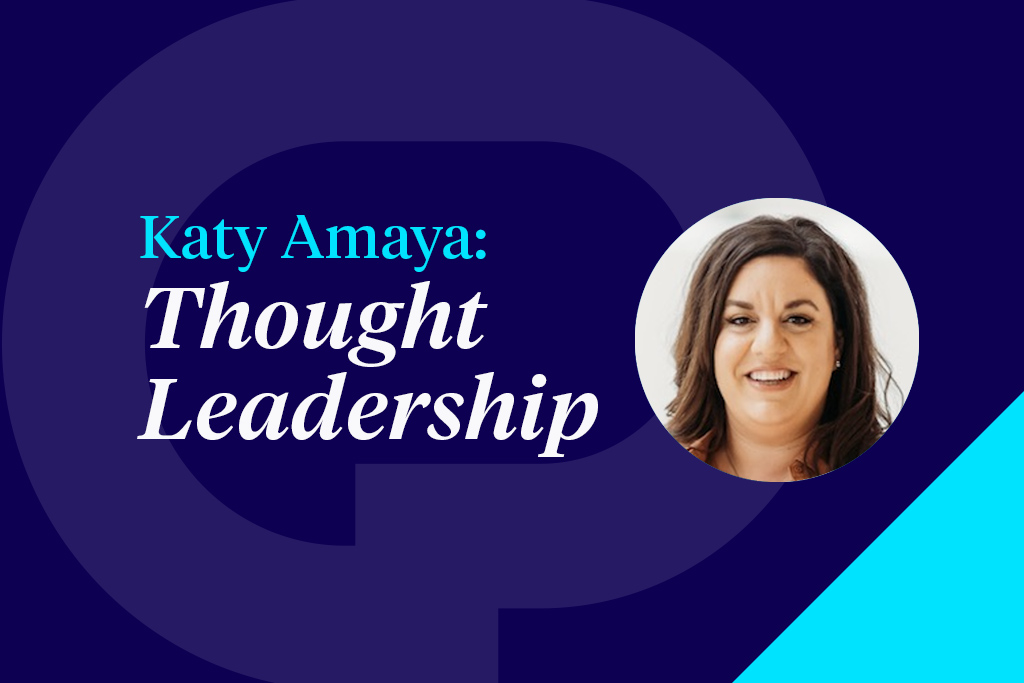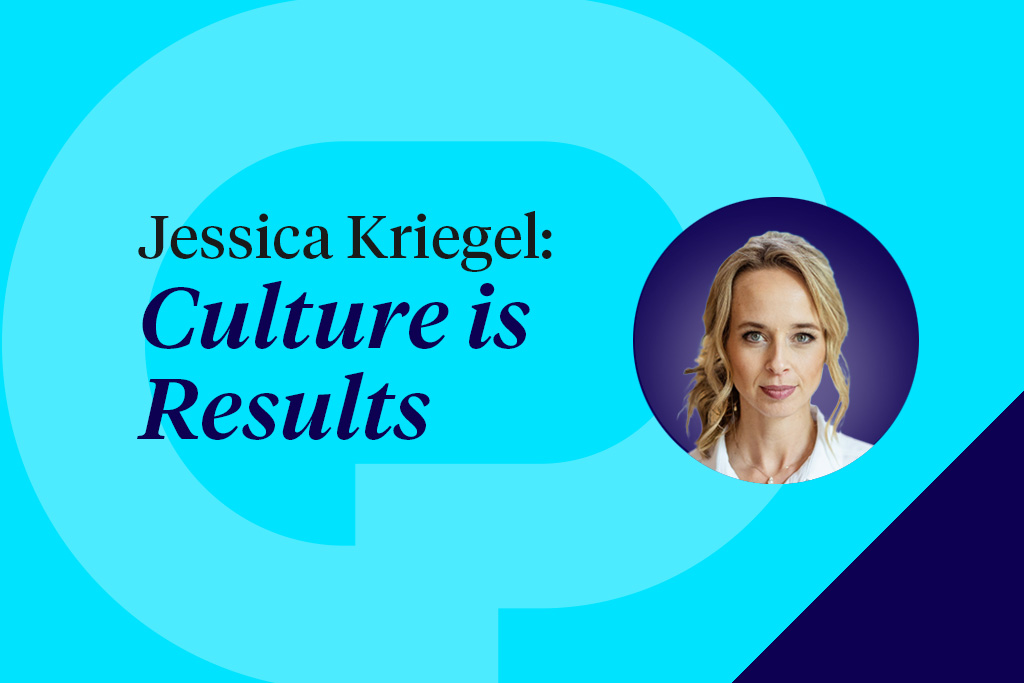(Note: When you witness how you can improve results by unleashing the power of culture, it stays with you. And often it provides a compelling reason for people who once were clients of Culture Partners to come on board as one of us. This blog series shares what they learned firsthand in their culture change experience and how others can similarly benefit.)
What are the main priorities of your organization? What specific results are you trying to achieve, and how effectively have you communicated them? Leaders often believe the answers to these questions are widely known and understood. Yet many times they remain unclear to a large number of employees. And that’s when progress stalls and the customer experience suffers.
The restaurant industry is no exception. Now a senior culture strategist at Culture Partners, Katy Amaya says that inconsistencies and undesirable impacts arising from a situation like this are what led her previous organization to seek a better approach.
“While some of our operations were thriving, other were losing business, revenue, and staff,” explains Katy. “And this misalignment prevented us from reaching company goals overall.”
While leadership at some facilities tried to solve the problem on their own, ongoing burnout and turnover sometimes led to a short-cut mentality in an attempt to keep up with the fast pace of business. “There was an ideal way to do things, but it wasn’t always followed,” says Katy. Meanwhile, business results hung in the balance.
Reassessing Existing Workplace Culture
When the organization engaged Culture Partners, they began with two important steps: clarifying desired results and reassessing which systems and processes were or weren’t working. According to Katy, coaching people on the Results Pyramid® model was a pivotal step in the culture transformation effort. “The use of the Results Pyramid kept managers focused on what customers would think or say after experiencing their leadership and teams,” says Katy. “So, if results were out of sync, managers understood what to look for and how to respond to improve the experience.”
To embed desired changes into their culture, the organization also:
- Established a common language to foster behaviors leading to improved results, including leveraging Focused Storytelling®. Using this tool, all employees were able to be more strategic about the stories they told and what it meant to live the organization’s cultural beliefs based on their specific job functions.
- Applied Focused Recognition®, which manifested as a “connection board” used during every shift by both customer-facing and indirect team members. Through this activity, team members acknowledged best practices for serving customers at every touchpoint, starting fresh with updates on their key results each week.
- Encouraged employees to regularly share and request Focused Feedback® to promote open communication at all levels while accelerating the adoption of behaviors aligned with cultural beliefs.
Some 65,000 hourly team members learned and embraced these skills over a three-year period. “As a culture transformation leader, I promoted and sustained successful change management by keeping these tools front and center at every meeting,” explains Katy.
Impressive Near-Term Results
While fully embedding this culture change was a multi-year process, Katy says the organization saw major improvements within six months. This included:
- A dramatic decrease in staff turnover within 90 days
- A 10% increase in employee satisfaction
- A noticeable jump in business and revenue
“The training we received focused our efforts on what we could control, so we didn’t get stuck in a box,” say Katy. “That approach plus the tools at our disposal helped us come up with more collaborative and creative solutions for saving both jobs and the brand during the pandemic.”
Katy credits leadership with showing up the right way. “In front of employees, the COO committed to hold herself accountable to this approach. And by modeling the approach to thousands of people leaders—those with boots on the ground—she encouraged everyone to perform in a way that collectively shifted results.”
According to Katy, this culture transformation effort has had a lasting effect on her personally. “Going through this process has changed how I lead every single day. By applying these models and tools, I’m able to be more thoughtful and strategic in how I approach people. And that’s helped me achieve results faster.”
Contact us to learn how you can operationalize and activate your culture to drive better business results.




